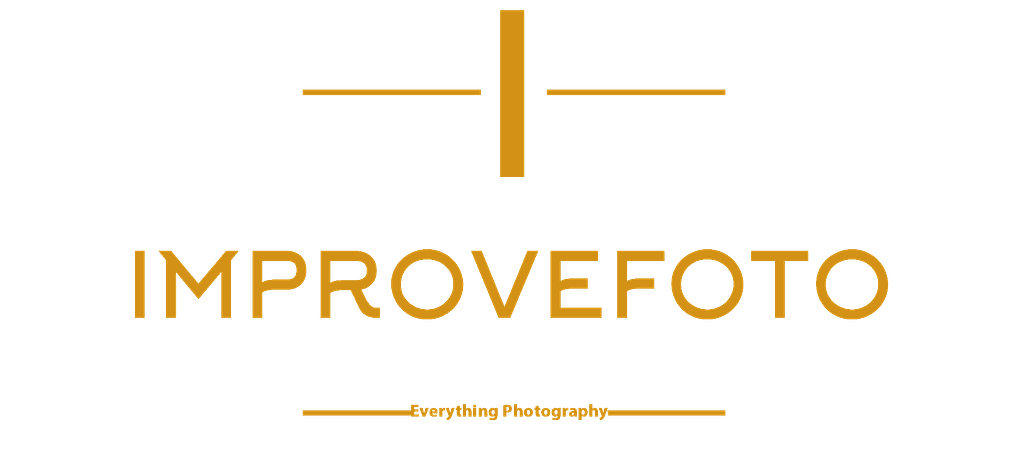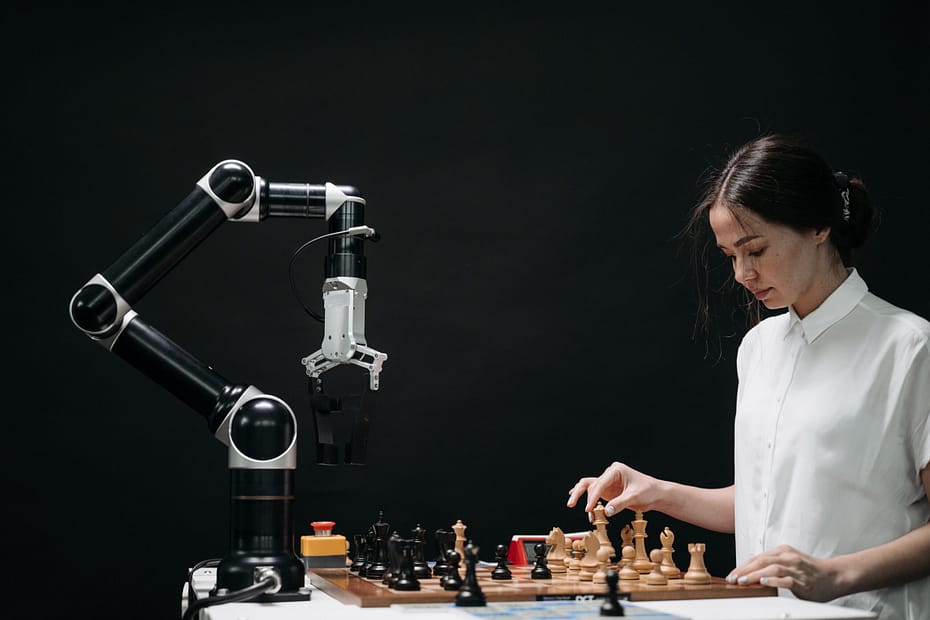With the rapid Artificial Intelligence (AI) revolution, Adobe has released a public beta of an AI-enabled art generation tool they have been developing. In Adobe’s words, Firefly was designed to give creatives the means to turn text into images. You can, for instance, input a young man playing soccer in summer; Firefly will then create several pictures of a young man playing soccer. Adding more descriptive words allows users to fine-tune the generated image to their satisfaction.
Firefly is a continuation of Adobe’s AI revolution. Since the inception of Sensi technology, Adobe has been pushing Artificial Intelligence to its limits. As a result, we are moving from simple AI tools like Content Aware to more intuitive tools like Firefly. Indeed, Adobe is not the only company pushing AI tools on the market; companies such as Skylum, Topaz labs, and others have created apps that can, for example, intelligently cull your images and even apply edits based on your style. But Firefly is different. While other AI tools work by studying and learning from a photographer’s images, Firefly generates images without needing a photographer’s photos.
However, this ‘independent’ image generation has created worry among Adobe users. The concern is that Adobe may have used images loaded to Adobe cloud services to train Firefly. But Adobe insists they trained Firefly on publicly sourced images (which may mean stock images). Of course, it is difficult to verify the accuracy of this statement, as Adobe has millions of pictures in the user library at their disposal. Indeed, tools such as neural filters in Photoshop use cloud-based AI to manipulate images uploaded by Adobe Photoshop users.
Regardless of how the tool was developed and trained, it solves one of the problems creators faces, particularly content creators. Most content creators will agree that creating the content itself is easy—the most challenging part is finding appropriate images to go with the content. With Firefly, you can generate the exact images you require. Stock image libraries are beneficial but cannot provide pictures fitting a detailed description or an infinite variety of images. The capabilities are limited. But Firefly’s capabilities are boundless and variety endless.
The unlimited capabilities of AI tools raise the issue of the need for a camera or a photographer. Are we seeing the demise of photography? At least in the sense of someone using a camera to take a picture? There is no clear answer. One sure thing, though, is that AI has changed the photographic process the same way digital revolutionized photography.

But, unlike the digital revolution, Al and machine learning are aiming at the photographer rather than the tools. Digitization changed the tools. It replaced film and darkrooms with digital cameras and software. But there was still a need for professional photographers to work with these new tools. On the other hand, AI and machine learning are introducing tools that, instead of helping the photographer, are taking over the role of the photographer. Tools such as Adobes’ Firefly prove you can eliminate the photographer from the photo-making equation. This shift is both good and bad for the photographer. The good is that photographers can now concentrate on creativity instead of the technicalities of bringing their vision to life.
The bad is that there is no limit to what AI can achieve. Indeed, Artificial Intelligence is like a runaway train taking down everything in its path. It is and will continue to encroach and take away more of the photographers’ territory until there is nothing left for the photographer to do. We are heading to a future where the artist will no longer be the center of the creative process. Instead, the tools will dominate. Imagine a future where you are an assistant to an AI tool. The possibility that the future of photography will require neither the photographer nor the camera is real.
AI takeover is a genuine threat. Already there are calls from the scientific community to pause the mad AI development rush. The fear is that AI technology will advance to the point that it won’t respond to human interference. The possibility is real. Firefly is showing us that creativity, once the domain of humans, can be done faster, more efficiently, and eventually better by machines.
- Adobe Firefly: Artificial Intelligence Revolution - April 4, 2023
- Why Lumina Neo Is Worth Buying - June 20, 2022
- Galaxy S22 Ultra: Camera Phone for Photographers - April 13, 2022

